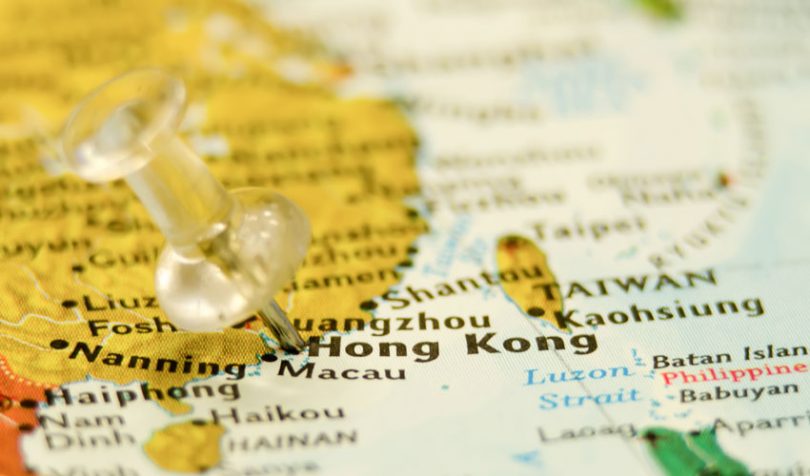At the beginning of this month, the People’s Bank of China started to pilot a blockchain trade finance platform. The “Bay Area Trade Finance Blockchain Platform” (BATFB) launched in Shenzhen and targets the Guangdong, Hong Kong, and Macau Areas.
The five banks involved are Bank of China, China Construction Bank, China Merchants Bank, Ping An Bank, and Standard Chartered Bank. Additionally, the auto company BYD is participating.
BYD, the largest Chinese auto brand, spoke to the 21st Century Business Herald. They explained that the majority of their suppliers are SMEs. So there are 10,000-20,000 tier one suppliers and an even more significant number of tier two and three suppliers. It’s the latter group that has the funding gap.
Project purpose
The project has a dual purpose. Firstly to expand the availability of trade finance to SMEs. At this stage, it’s open account trade finance, like factoring and discounting. Secondly, given both Hong Kong and Macau are subject to capital controls, the system should reduce some trade friction. But also it will enable the regulator to monitor currency flows to the two autonomous territories.
According to the South China Morning Post, funneling money through Hong Kong and Macau are common ways to get money out of China. And inflating invoices is one method that’s been used in the past.
In some ways the BATFB platform is not dissimilar to the planned coordination between Hong Kong and Singapore for trade finance.
By sharing data between the banks, it prevents an SME submitting the same invoice to separate banks for funding. In India, Monetago performs precisely this function.
But equally as important, if a supplier such as BYD is authenticating the invoice, that provides credibility for the bank. For small companies, there’s usually a lack of data to assess general creditworthiness.
Plus the blockchain solution is far quicker with the fastest time for approval so far being twenty minutes.
Most of all, the cost of trade finance should decline. Ping An commented that currently the SME rate is 7-8%, but it could fall to 6%. Presumably, that’s the result of the banks reduced costs because of digitalization, no need for reconciliation, and lower risk.
The BATFB platform is jointly promoted, coordinated and organized by the Central Bank Digital Currency Research Institute (CBDCRI) and the Central Bank. It reportedly took only two months to develop. The CBDCRI set up a new company called Shenzhen Financial Technology which is responsible for developing the trade finance platform and other initiatives.
Future plans
Going forward the project will store more data including third-party credit assessments, business data, and government department information. To that end, the plan is to integrate the system with Zhongdeng.com, taxation, and other departments. As a result, banks will be more able to calculate the credit risk.
Plus there will be more overseas functionality including cross-border payments. The BATFB project plans to integrate with the Hong Kong Trade Finance Platform run by the Hong Kong Monetary Authority.
Additionally, there will be more financing options. The first phase focused on trade finance for suppliers, so there will also be supply chain finance for the customer. They also plan to explore Letters of Credit and guarantees.






